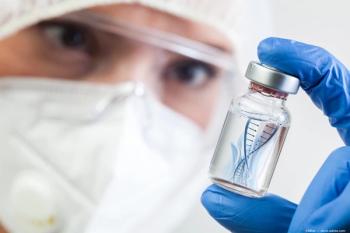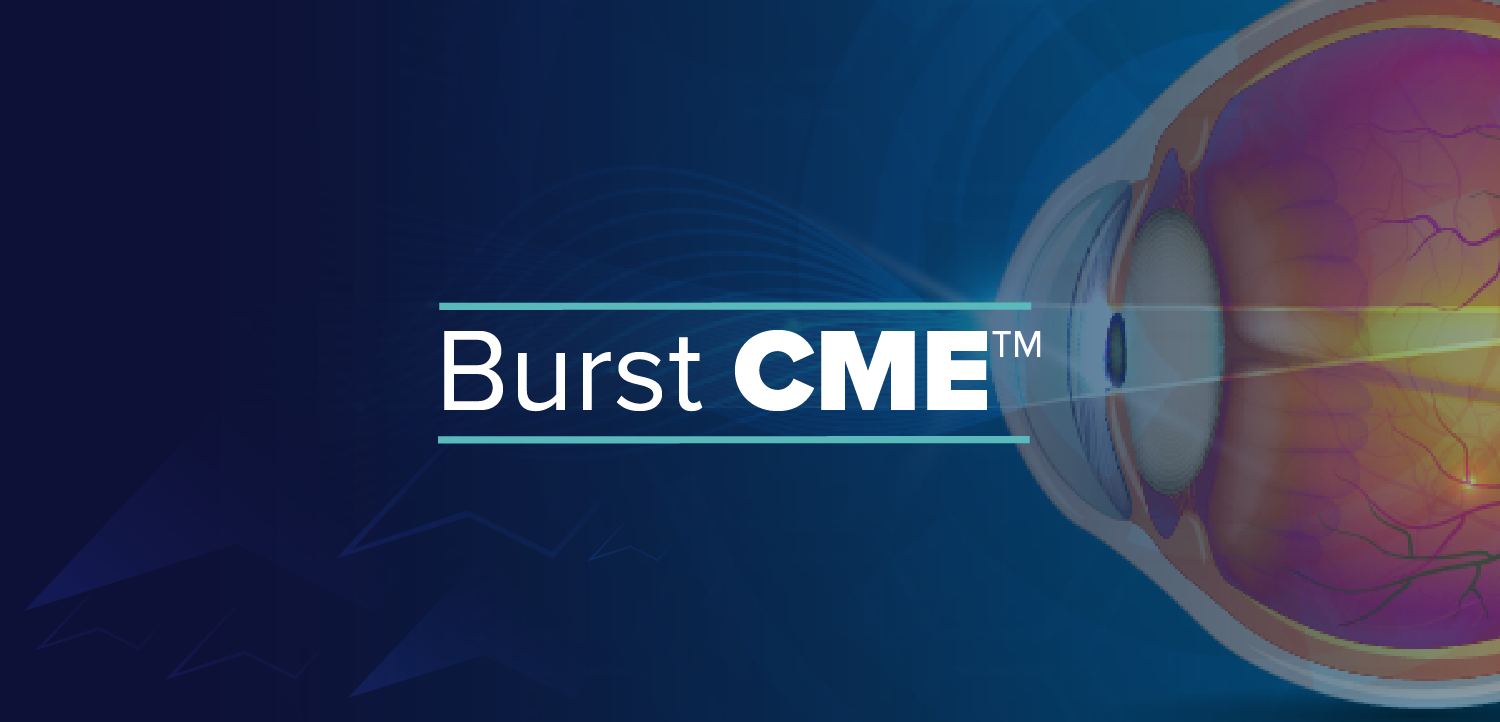
CK effects, results may be temporary
Stanford, CA-Refractive surgeons performing conductive keratoplasty (CK, Refractec) for correction of mild to moderate hyperopia can expect good visual results initially, but they should warn patients that CK effects might not be permanent, explained Jason S. Ehrlich, MD, PhD.
Dr. Ehrlich and his co-author, Edward E. Manche, MD, both of Stanford University School of Medicine, Stanford, CA, undertook a prospective, non-randomized clinical study to determine the long-term safety and efficacy of radiofrequency energy for the correction of hyperopia between +0.75 and +3.00 D sphere and ≤75 D cylinder in 14 patients (25 eyes). The mean patient age was 55.4 years, Dr. Ehrlich reported.
Patients were treated at the peripheral corneal stroma with the NearVision CK probe (Refractec).
Dr. Ehrlich then presented the long-term results of CK in his cohort of 11 eyes of seven patients who had been followed for an average of 55.3 months (range, 37 to 75 months). Preoperatively, patients had a mean MRSE of +1.47 D and at 24 months follow-up, the mean MRSE was 0.57 D. These results were similar to those published in 2003, Dr. Ehrlich said.
"As we get close to 60 months (follow-up), there is significant regression toward the preoperative SE refraction," Dr. Ehrlich pointed out. The mean MRSE was +1.23 D at 55.3 months.
By the last follow-up, UCVA of >20/20 was seen in 27% of the patients, >20/30 UCVA in 64% of patients, and <20/40 UCVA in 36%. One patient developed a cataract, yet no patient experienced >0.75 D of induced cylinder, he said.
There were some limitations to the study. "Obviously it is a single-surgeon study in a single center with a relatively small number of patients," Dr. Ehrlich pointed out. "We are not evaluating the Light Touch technique, and we have not stratified our results by preoperative central or peripheral corneal thickness, which may influence stability of treatment."
Although CK for mild to moderate hyperopia seems to be safe and effective initially, its results should be viewed as temporary because of regression toward the preoperative baseline when followed for 5 years, Dr. Ehrlich said.
Dr. Ehrlich is continuing to gather long-term follow-up data on additional patients. His report was submitted for peer-review publication.
Newsletter
Don’t miss out—get Ophthalmology Times updates on the latest clinical advancements and expert interviews, straight to your inbox.



















































.png)


